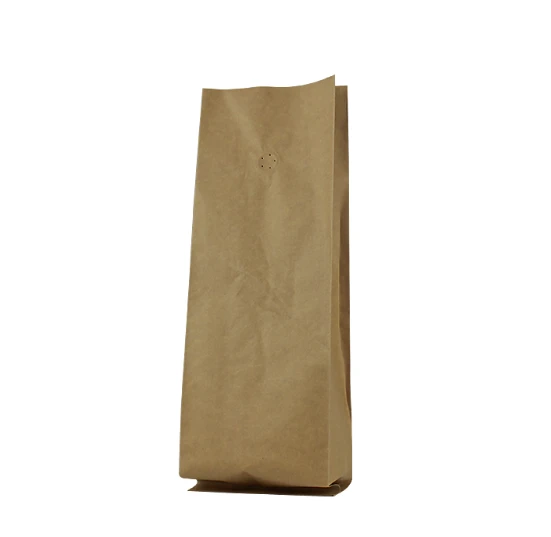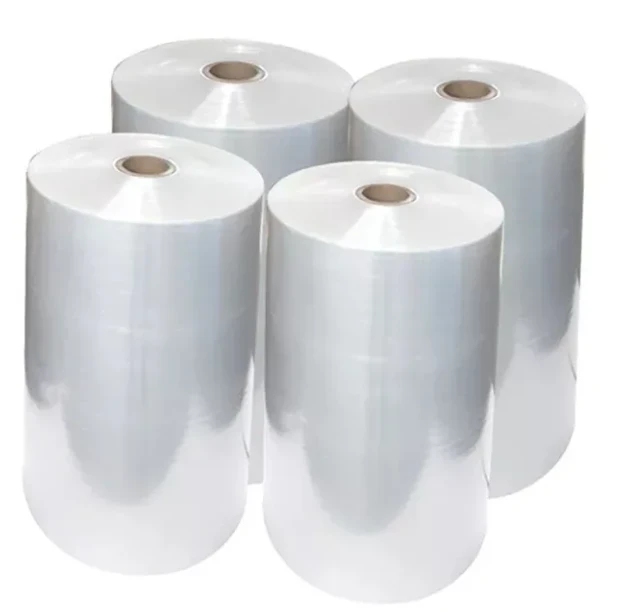- Afrikaans
- Albanian
- Amharic
- Arabic
- Armenian
- Azerbaijani
- Basque
- Belarusian
- Bengali
- Bosnian
- Bulgarian
- Catalan
- Cebuano
- chinese_simplified
- chinese_traditional
- Corsican
- Croatian
- Czech
- Danish
- Dutch
- English
- Esperanto
- Estonian
- Finnish
- French
- Frisian
- Galician
- Georgian
- German
- Greek
- Gujarati
- haitian_creole
- hausa
- hawaiian
- Hebrew
- Hindi
- Miao
- Hungarian
- Icelandic
- igbo
- Indonesian
- irish
- Italian
- Japanese
- Javanese
- Kannada
- kazakh
- Khmer
- Rwandese
- Korean
- Kurdish
- Kyrgyz
- Lao
- Latin
- Latvian
- Lithuanian
- Luxembourgish
- Macedonian
- Malgashi
- Malay
- Malayalam
- Maltese
- Maori
- Marathi
- Mongolian
- Myanmar
- Nepali
- Norwegian
- Norwegian
- Occitan
- Pashto
- Persian
- Polish
- Portuguese
- Punjabi
- Romanian
- Russian
- Samoan
- scottish-gaelic
- Serbian
- Sesotho
- Shona
- Sindhi
- Sinhala
- Slovak
- Slovenian
- Somali
- Spanish
- Sundanese
- Swahili
- Swedish
- Tagalog
- Tajik
- Tamil
- Tatar
- Telugu
- Thai
- Turkish
- Turkmen
- Ukrainian
- Urdu
- Uighur
- Uzbek
- Vietnamese
- Welsh
- Bantu
- Yiddish
- Yoruba
- Zulu
Understanding the Stages and Techniques of the Printing Process in Modern Manufacturing
Understanding the Printing Process A Comprehensive Overview
The printing process has been a cornerstone of communication and information dissemination for centuries. From the invention of the printing press by Johannes Gutenberg in the 15th century to the modern digital printing techniques we use today, the evolution of printing technology has had a profound impact on society, enabling the widespread distribution of literature, art, and information. This article delves into the various stages of the printing process, highlighting its significance and the advancements that have shaped it.
1. Pre-Press Preparation
The printing process begins long before ink meets paper. The pre-press preparation stage is crucial for ensuring that the final output meets quality standards. It involves several key steps, including design, layout, and proofing. Designers use various software tools to create layouts that not only look appealing but are also aligned with the specifications of the printing machine. During this stage, color profiles are established to ensure that the colors in the digital design accurately reflect the final printed product.
Proofing is another critical part of pre-press preparation. Physical proof copies are produced to check the accuracy of colors, text placement, and overall layout. These proofs are essential as they help catch any errors before mass production begins, ultimately saving time and resources.
2
. Choosing the Right Printing MethodOnce the design is finalized, the next step is to select the appropriate printing method. Various techniques are available, each with its own set of advantages and limitations
- Offset Printing This traditional method involves transferring ink from a plate onto a rubber blanket and then onto the printing surface. It is ideal for high-volume jobs, providing consistent quality and vibrant colors.
- Digital Printing With advancements in technology, digital printing has gained popularity, particularly for short runs. This method eliminates the need for printing plates, allowing for faster turnaround times and a more economical approach for small quantities.
- Screen Printing Commonly used for textiles and large formats, screen printing involves creating a stencil (or screen) and applying layers of ink through it. This method is known for its durability and vibrant colors but may not be cost-effective for small runs.
printing process

- Flexography This rotary printing technique is efficient for packaging materials, using flexible relief plates. It is particularly popular in the production of labels, flexible packaging, and newspapers.
3. The Printing Process
After selecting the printing method, the actual printing process begins. For offset printing, the prepared plates are mounted on the printing press, and ink is applied. The press rolls the paper onto the blanket, transferring the inked image onto it. In digital printing, the design is sent directly to the printer, where imaging technology reproduces the design directly onto the paper.
Throughout the printing stage, quality control is paramount. Printers continuously monitor the output to ensure that it matches the approved proofs in terms of color, clarity, and alignment. Any deviations are corrected on-the-fly to minimize waste and duplications.
4. Finishing Touches
The final stage of the printing process involves finishing touches that enhance both the appearance and functionality of the printed material. Common finishing techniques include cutting, folding, binding, and lamination. These processes add durability and aesthetic appeal, ensuring that the final product meets the customer's expectations.
Additionally, modern technology has introduced advanced features such as embossing, foil stamping, and die-cutting, allowing for more creative and engaging printed materials.
Conclusion
In conclusion, the printing process is a multifaceted journey that combines art, technology, and precision. Its evolution over the years has revolutionized how information is shared and consumed. Whether it's a simple brochure, a complex book, or a vibrant advertisement, the careful orchestration of each stage in the printing process ensures that the final product is not only visually appealing but also effective in conveying its intended message. As technology continues to evolve, the printing industry will undoubtedly keep pushing the boundaries of creativity and innovation.













